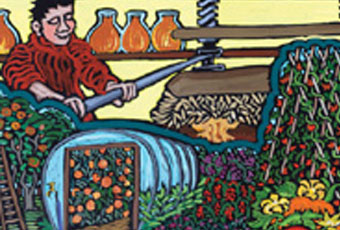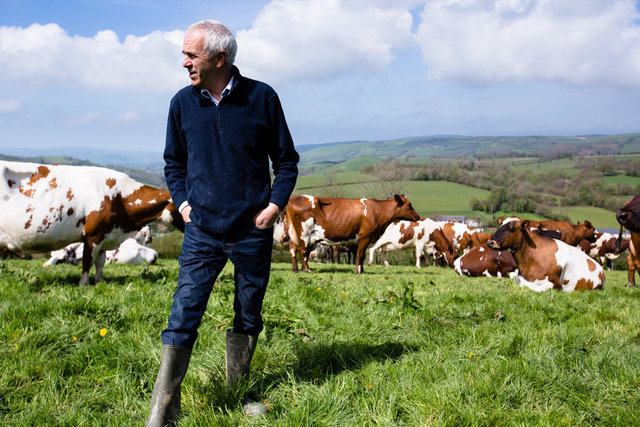Rural – Jersey Country Life Magazine
‘What’s for Dinner?’
Introduction by Alasdair Crosby
Owner / Editor RURAL magazine
It is always an important question in any household. It was the name chosen for a three-year programme of quarterly talks held in Jersey from 2016 to 2018. As the title suggests, the theme of this series of speaker events was alternative futures for food production and farming – alternatives, that is, to what might be seen as the cold logic of the market and to a seemingly inescapable future of farming in the developed world as a provider of industrialised, intensive food production with a consequent deleterious effect on the natural environment.

For this picture and all the other painting reproductions, we are grateful to the artist, Gill Barron
(see section titled ‘About the Contributors’): gill@ipaint.org.uk
The series of talks was sponsored by the Jersey charity, the Howard Davis Farm Trust, which supports many different initiatives to bring closer together farming, ecology and the non-farming public. A location for the 12 talks was kindly provided by the Royal Jersey Agricultural and Horticultural Society at their headquarters, the Royal Jersey Showground.
The series was organised by the Jersey country life magazine, RURAL.
After the series had concluded, it was felt that the ideas delivered by the speakers should have a more permanent form, and serious consideration was given to the publication of a book, in which each of the 12 speakers would contribute a chapter on their own theme. This would be supplemented by contributions from invited speakers who, for one reason or another, were unable to come to Jersey.
The idea was fine in theory, but it took longer than expected for all the contributions to be gathered in – and finally this was completed in February 2020… just a few weeks before ‘Coronavirus’ became a new and all too familiar word for us all and altered all our lives. Enquiries to potential publishers elicited the dry response that publishing a book which had only a minority interest appeal was not the most profitable idea at a time when all bookshops were closed.
A further consideration on our part was that the publication of a book of such a wealth of content would necessarily be at a cost that could deter purchasers. As the whole idea of both lectures and the potential book was to make available certain ideas of farming and its relationship to the natural environment to the widest audience possible, inevitably thoughts turned to on-line possibilities.
This extension to the RURAL magazine website is the result.
Could the costs of production be offset by placing the content behind a ‘pay wall’? we asked ourselves. An attractive idea (for us), but having been irritated on countless occasions by finding interesting information locked away behind a pay wall, we did not want to deter any readers or researchers by demanding money before unlocking the gate into a secret garden of ideas.
Fortunately, I once again acknowledge with gratitude the sponsorship of the Howard Davis Farm Trust; with their help the costs have been covered for putting all this material on-line.
The main advantage of this on-line format is that readers will be able to add their own queries for further information or make their own comments, just as if they were attending a lecture and asking questions of the speakers.
We hope that the presentations will attract further contributions from experts in their own field, so as to make this website truly ‘inter-active’. All comments will be moderated: no trolls please, this is The Shire, not Mordor.
So – welcome to a (virtual) feast of ideas.
ALTHOUGH the word ‘Jersey’ is often mentioned (naturally enough, since Jersey is where the lectures took place and where RURAL magazine is published), it is hoped that the ideas presented will have a much wider application and be of equal interest to the wider world beyond the Island.
Jersey is unique in many ways, but in other ways the same issues and challenges are exactly the same as those affecting other rural areas. For example, it shares with many other places in the UK and beyond a sense of local community. This sense of a shared small community has certainly diminished over the last half century for the same obvious reasons experienced by small communities everywhere, as the local and the particular gets battered and swamped by the irresistible force of globalism in all its various and stormy aspects.
But the Island has nevertheless a certain innate resilience enhanced by the fact that it is a delimited area strictly defined within its surrounding coastline – a small space shared by all who live within it and therefore still possessing a good measure of de facto localism and community spirit. In the space of nine by five miles it is indeed ‘an island entire unto itself’, with its own fascinating history and culture, local parish democracy, a large measure of political autonomy – even its own language of Jèrriais.
Jersey may be separate, but issues and challenges shared both by Jersey and by analagous rural communities elsewhere have been, in the post-war decades, the transition from small mixed farms and farming to larger-scale units that are easier to farm with modern machinery and technology.
For several hundred years up to the mid-19th Century the principal crop in Jersey was apples for cider; this was superseded by the breeding of the world-famous Jersey cow, which, like Boadicea’s posterity, still ‘holds sway over regions Caesar never knew’. The later 19th Century saw the rise of the export market for early potatoes, principally the ‘Jersey Royal’ still popular in the UK and seen by food shoppers there as ‘the herald of spring’. Tomatoes were at one time a significant crop, but their export has now virtually died out because of massive EU subsidies favouring foreign imports.
Many attempts have been made to find other exportable crops, but without much success: freight charges makes the English Channel a most expensive bit of water to send goods across and it has often been joked that it would be cheaper for Jersey farmers to plough up Hyde Park and farm that instead.
Jersey has always interacted successfully with the wider national (and now) international economy and varied its economic production to take advantage of market conditions. There has been, for example, a seamless progression of profitable activities from 17th Century piracy to modern-day banking. As far as farming is concerned, a Jersey farming family of circa 1945 would not recognise today’s modern industry. Gone are the small mixed farms; gone are the small herds of cows and gone as well are the small independent potato growers.
There are, at the time of writing, only some 15 large dairy herds (and the number is still declining) and only two large potato exporting concerns, both owned ultimately by companies outside the Island. A few decades ago, there were literally many hundreds of both dairy farmers and potato growers. The few Jersey farmers left are much more likely to be found sitting at their computers rather than working the fields; the manual work is done by migrant labour from Portugal, Poland and most recently by Third World countries as sources of labour from the EU begin to decline. The standard of farming with modern technological aids is excellent; the intimate knowledge of a farmer for every minute scrap of his own farmland is no more.
The Island’s population continues to rise but its capacity to feed itself in the event of any political or environmental mishap continues to decrease. Food imports are totally dependent upon freight transport and the weather. Especially at Christmas time, empty supermarket shelves testify to winter gales that have stopped shipping. The local media sounds the alarm: ‘No turkeys for Christmas Dinner?’ Shock horror.
Readers living in rural districts of the UK should find it easy to make analogies between Jersey’s circumstances and their own home area.
But Jersey is truly special in that its self-contained size and small area makes it a perfect place to be a test laboratory and experimental location for different crops and different ways of farming that would enable a diverse range of local crops and produce to be available for local people. There have been signs that this is happening: ‘Think twice and buy local’ was a successful promotional slogan of a few years ago.
The idea of Jersey being a testing area for new crops and farming methods is not new. Lady Eve Balfour, the pioneer organic farmer, was a frequent visitor to the Island in post-war years to stay with friends and she advocated precisely that. If a personal recollection might be excused, I have been, as a journalist, on the periphery of Island farming since I returned to live in the Island in the early 1990s. Since that time, I have lost count of the number of experts from elsewhere who have suggested that Jersey would be an ideal location, for example, for serious organic trials, or that it could be an ‘organic island’ and incidentally use that status as an added attraction to encourage tourism.
The experts came; the experts exhorted, advised, lectured and warned; the experts went away.
But few listened, fewer cared and nothing changed.
Perhaps now, with the current concerns of climate change and soil pollution and the increasing public enthusiasm for local produce, minimum food miles and localism, things may change after all. The coronavirus crisis – raging through the world at the time of writing – is surely another encouragement towards diversification and local food production.
There is currently a very welcome experimentation, albeit on a small scale, with regenerative farming, diverse crops and artisanal produce.
So although this on-line book refers often to Jersey, it is not just for Jersey people, even if the core readership is indeed local. I hope it will also provide useful insights into the future of food and farming for other communities elsewhere, where there is a similar concern that the global market and industrialisation of farming is ripping the heart out of the local area.
‘Farming is a business like any other’ – say farmers who would be businessmen.
‘No it ain’t’… surely not – as this website aspires to demonstrate.
Over the years there have been many and various restatements of the philosophy of Distributism, especially as it applies to food and farming: from Belloc, Chesterton and McNabb between the wars, via Ernst Schumacher and a host of others, not forgetting American thinkers and writers such as Ligutti, Wendell Berry et al… and now, to this present restatement of Distributist thought, made knowingly or unknowingly, by the contributors featured in this website.
For the contributors’ help and cooperation may I express my thanks, as also for their ideas and insights, which I commend to readers for their consideration of that always important and interesting question: ‘What’s for dinner?’
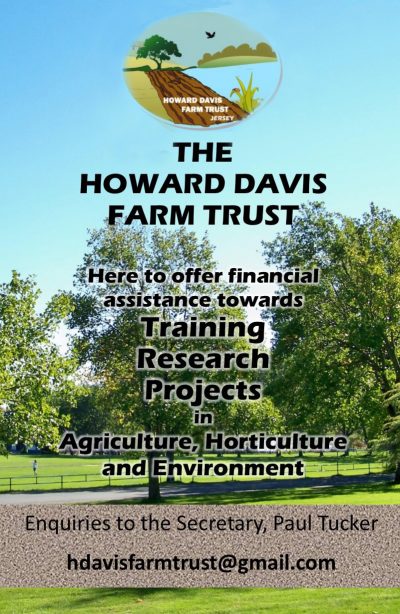
The history of what is now known as the Howard Davis Farm can be traced back to the 16th century, but it was in 1927 that T B Davis bought the farm (then known as Parkfield). Although born in the Island, he had gathered considerable wealth as the proprietor of a worldwide stevedoring business. Whilst he contributed large amounts of his wealth to his adopted hometown of Durban in South Africa, he also became a considerable benefactor to his native Island.
In 1929, T B Davis gifted the property to the States of Jersey on the understanding that it should be used as an experimental centre for the development and study of agriculture and for the instruction of young Jersey people and other interested parties in the science of agriculture. The property, later named Howard Davis Farm after T B Davis’ son Howard, who was killed at a very young age at the Battle of the Somme in 1916, was accepted by the States and used for that purpose over successive years.
In 2009, with the declining need for crop trials and experimentation, the States, after consultation with the Davis family, agreed to abrogate the covenant to allow the leasing of the land for appropriate uses. It was also agreed for part of the proceeds from any leases to be remitted to a Trust incorporated with objects that would also reflect and augment the objects and spirit of the original gift.
The Howard Davis Farm Trust was launched in 2009, chaired by the Great Granddaughter of T B Davis, with two other family members and four local trustees. The Trustees consider applications in the spirit and intentions of T B Davis, and award direct financial assistance for appropriate training, research and projects in every aspect of agriculture, horticulture, together with protection, enhancement, monitoring, training and research relating to the natural environment.
Since its formation, the Howard Davis Farm Trust has considered over 150 applications and awarded financial assistance to many individuals and organisations for training and projects deemed to be consistent with the objectives of the Trust. This has included conservation initiatives, dairy farming and milk production, agricultural training, lecturer and conference sponsorship, horticulture projects, veterinary science, animal husbandry, woodland management, wildlife study and protection, machinery skills and other related projects.
The Trust welcomes applications for grants, and application forms can be obtained from Mr Paul Tucker MBE, Secretary for the Howard Davis Farm Trust, Chaumarais, Rue de Samarès, St Clement, JE2 6LS.
E-mail: hdavisfarmtrust@gmail.com
The RJA&HS kindly supported the ‘What’s for Dinner ?’ lecture series by making its Members’ Room available to RURAL magazine.
The Society membership is a community of people who share a passion for the countryside and are active in wide array of agricultural, horticultural and rural interests both in the Island and around the world. Further details of the impressive programme of activities undertaken by the Society can be found on its website www.royaljersey.co.uk as well as its Facebook page www.facebook.com/RJAandHS.
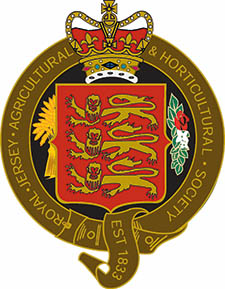
Please follow these links and enjoy the courses of this (virtual) dinner:
The Macro Themes
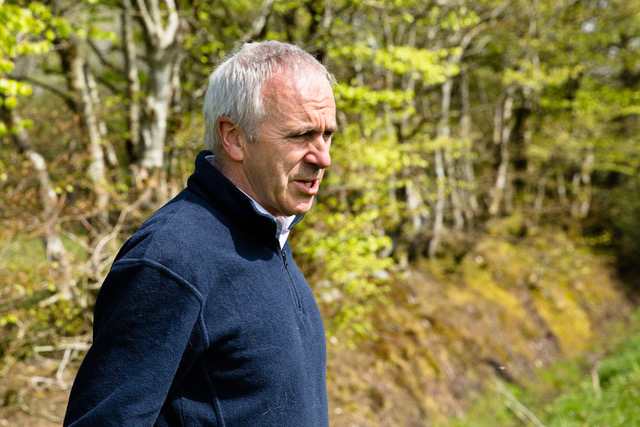
What Should I Eat To Be Sustainable And Healthy?
By Patrick Holden
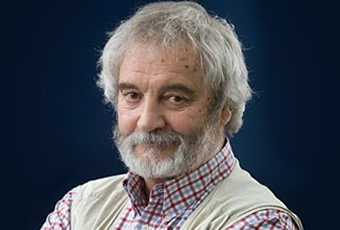
Good Food For Everyone Forever
By Colin Tudge
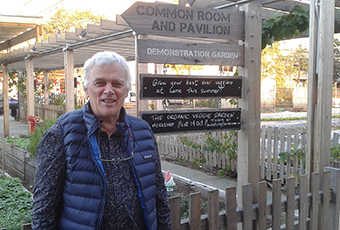
Land For People, Farmers And Communities
by Martin Large
Farming – What Sort?
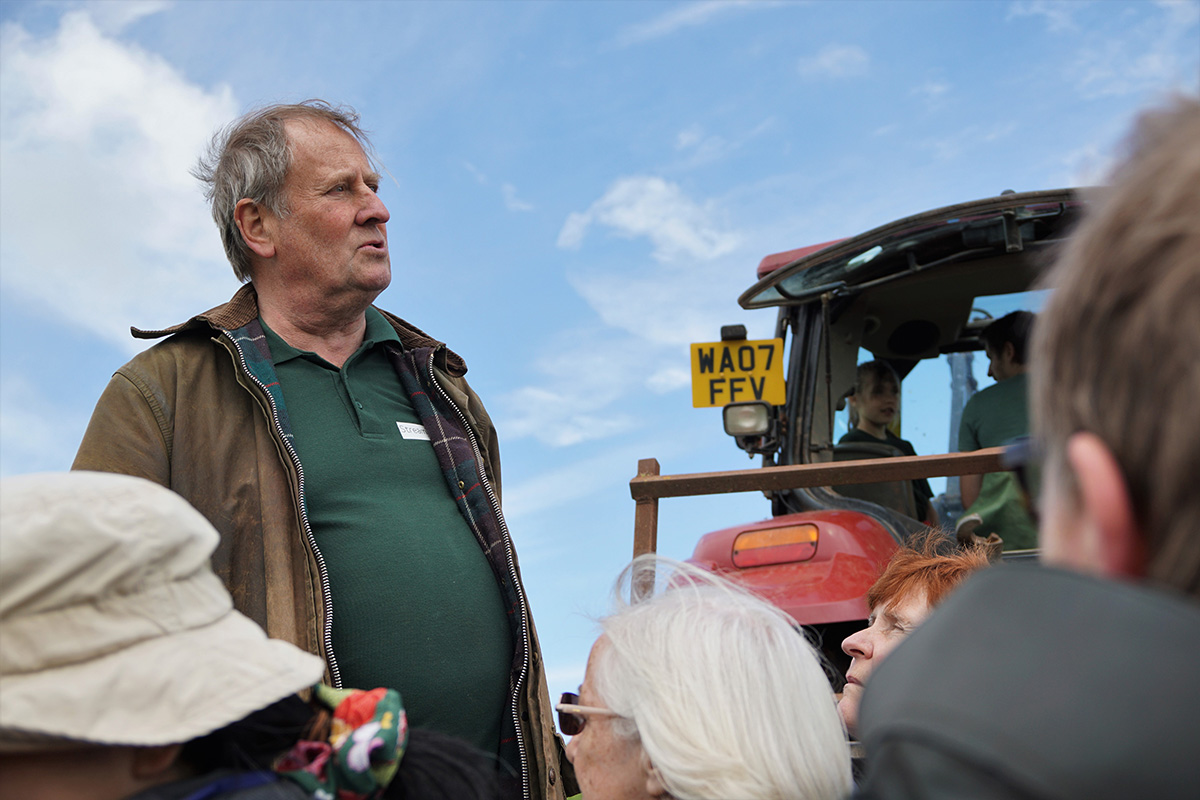
Share Farming
By James Odgers
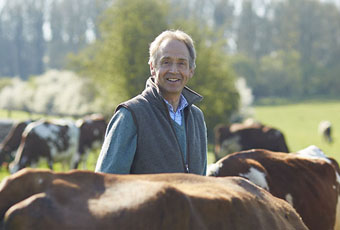
Organic Farming At Highgrove
By David Wilson
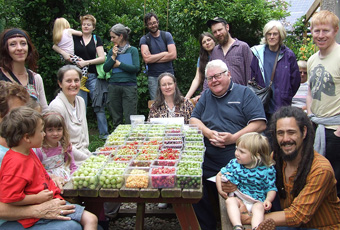
What Is Permaculture?
By Graham Bell
Something
To Eat
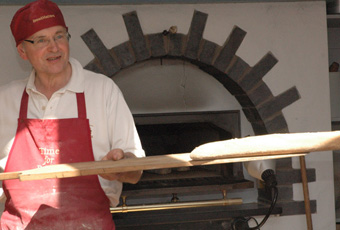
Scotland The Bread!
by Andrew Whitley
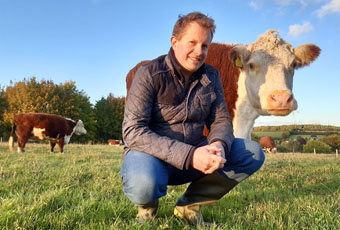
Pasture-Fed Farming
by Russ Carrington
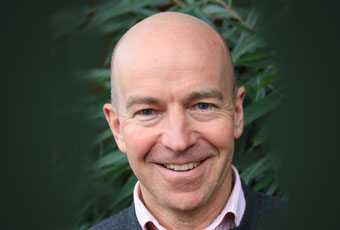
Season And Place
by James Marsden
Food And Farming
In Jersey – New Models
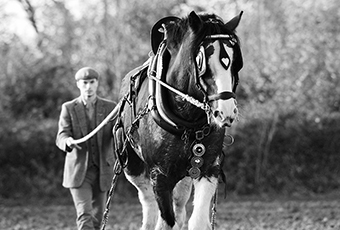
Back To The Future
by Alasdair Crosby
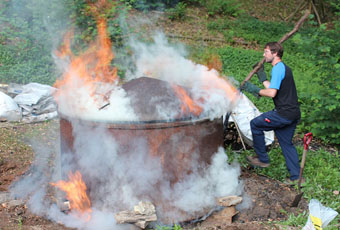
A Centre For Rural Education
by Edward Bonn
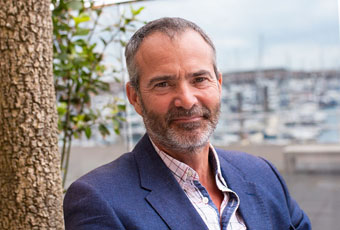
Genuine Jersey - Ahead Of Its Time
by John Garton
The
Natural Environment
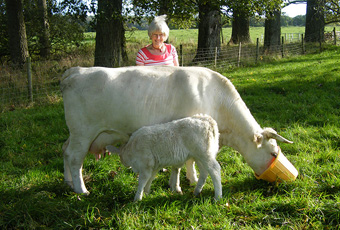
What's For Dinner?
by Rosamund Young
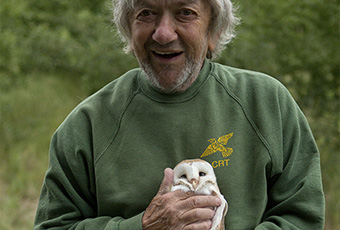
Restoring The Countryside
by Robin Page
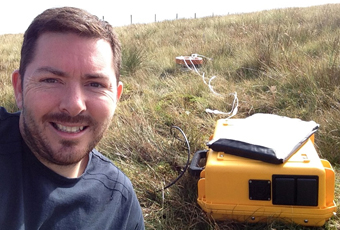
Agroforestry
by Dr William Stiles
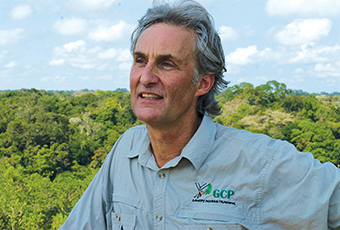
A Lifetime Fighting For Forests
by Andrew Mitchell
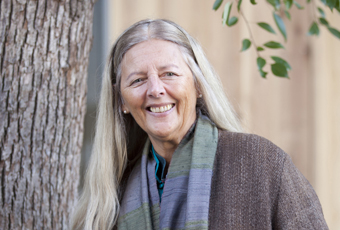
Postscript
by Helena Norberg-Hodge

